Does your company take its customers for granted or do you understand the art of customer loyalty? Customer loyalty is one of the most important aspects of growing your business.
However, many companies overlook this and focus more on attracting new customers. If you consider the cost of doing this - getting a new customer is 6 times more expensive than retaining an existing customer - ignoring this fact can be quite expensive.
The longer your company can retain its customers, the higher the value of each customer you acquire.
The key to good customer loyalty is extremely simple: Deliver services and products with value and offer customers a great experience that motivates them to stay with you longer and recommend you to friends and acquaintances. In addition, you must of course also track and evaluate your results.
By far the most effective way to measure customer satisfaction and retention is the Net Promoter Score. Finally, brands with high customer loyalty tend to be companies with high NPS scores too.
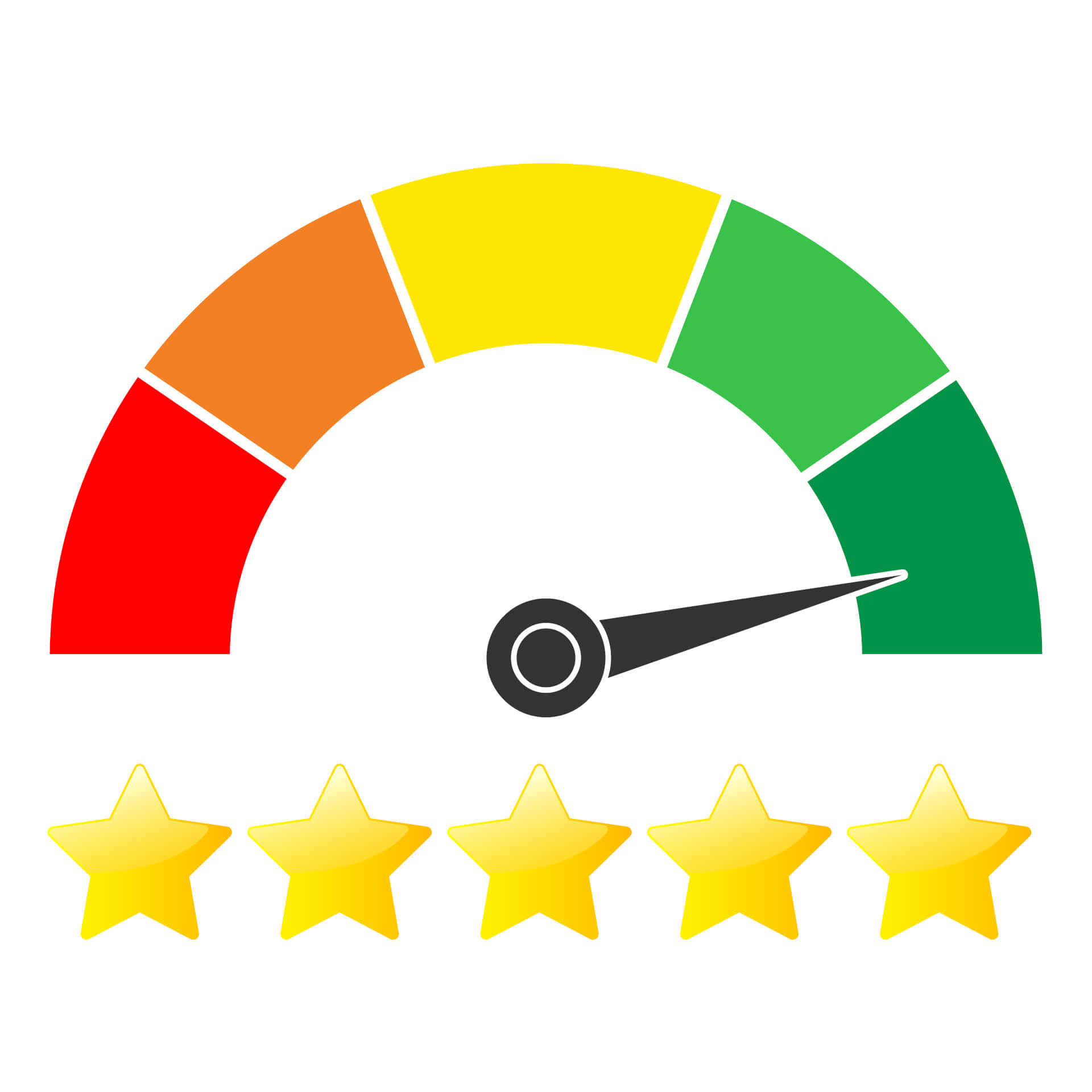 Since the best way to see the importance of something is to see it in action, here's what companies with a high NPS have in common and how they stand out from their competitors.
Since the best way to see the importance of something is to see it in action, here's what companies with a high NPS have in common and how they stand out from their competitors.
Table of Contents
The NPS scores of the market leaders
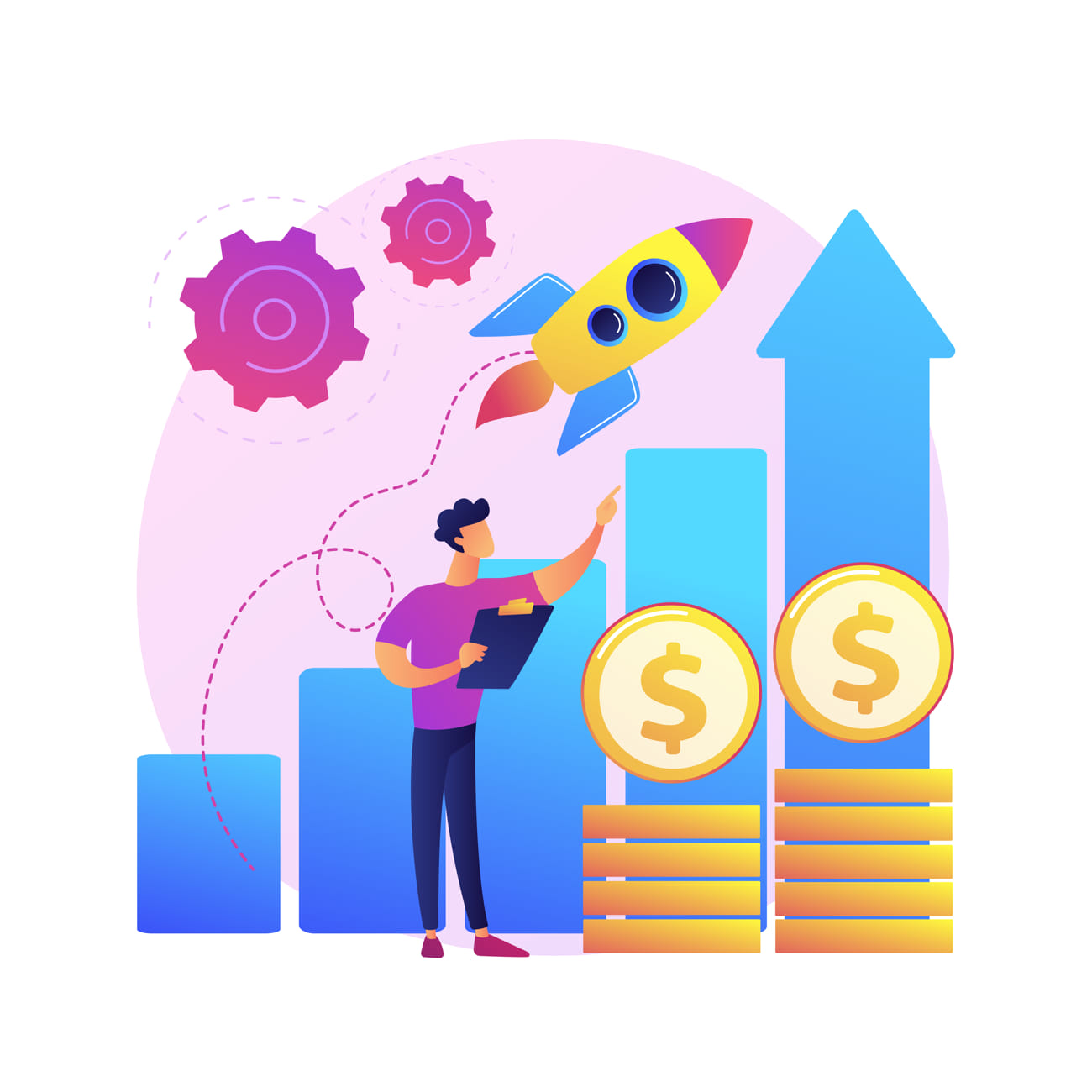
According to the data we have collected from various sources, the values of market leaders such as Netflix, Amazon and Tesla are above average and usually well above the value of the respective competitors.
With an average NPS of between -100 and 100, it's clear that these top companies' NPS scores are in line with their brand awareness.
But what exactly do these high scores mean?
High customer loyalty and growth
A high NPS value means that many customers are so satisfied with the brand that they stay loyal to it and are much more likely to hold onto it just because they like the company along with its products and services.
What degree of customer loyalty do the top companies actually have?
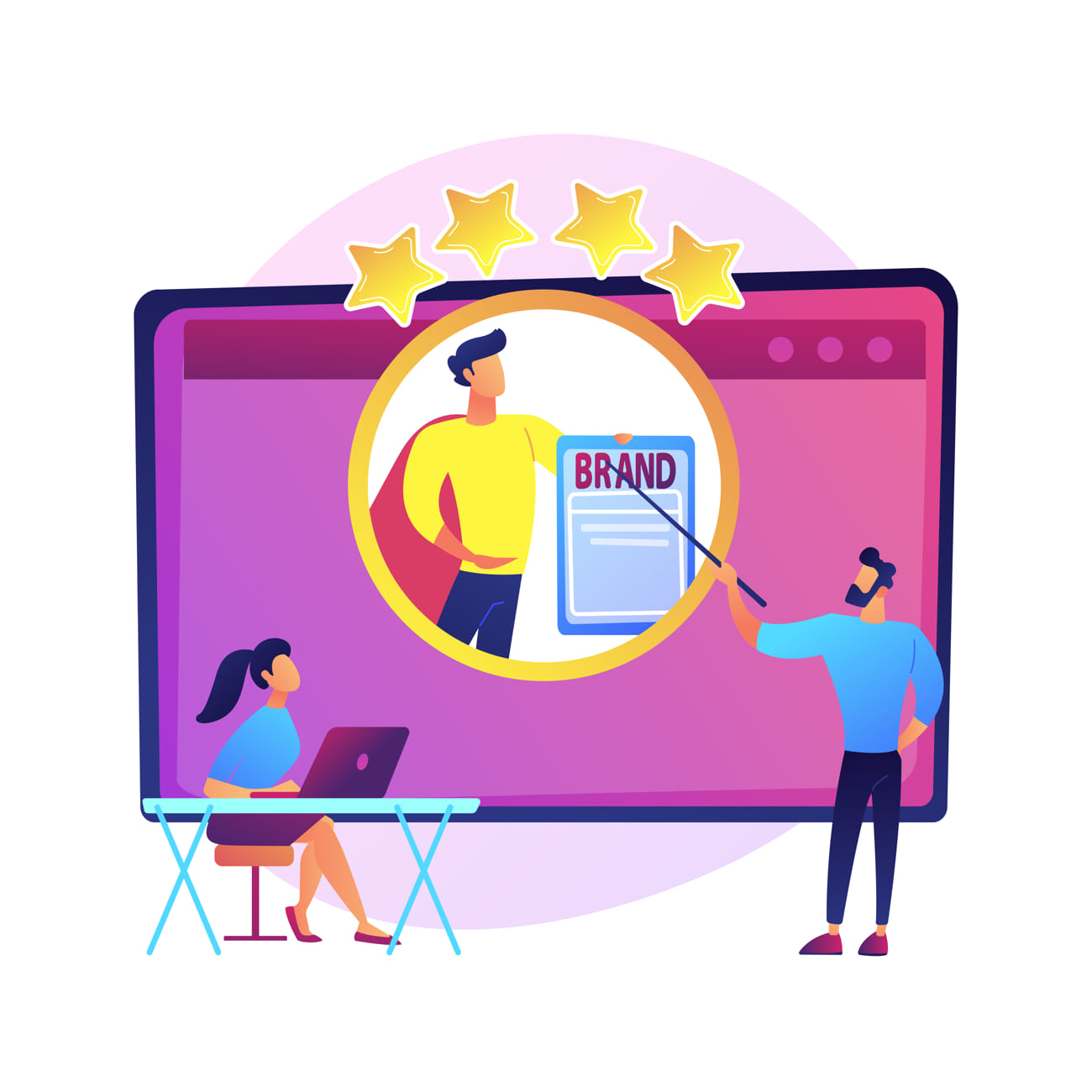 For example, Amazon's customer loyalty measures have shown that 73% of people who try Amazon Prime become paid customers. In addition, 91% of members extend their subscription for a second year after the first year, 96% of these members also pay for a third year. Even today, Amazon can boast an amazing customer loyalty, at least according to Forbes.
For example, Amazon's customer loyalty measures have shown that 73% of people who try Amazon Prime become paid customers. In addition, 91% of members extend their subscription for a second year after the first year, 96% of these members also pay for a third year. Even today, Amazon can boast an amazing customer loyalty, at least according to Forbes.
Tesla's customer loyalty, on the other hand, shows the effects of the enormous NPS score. Apparently, around 91% of Tesla owners said they would buy this brand again. Achieving this value is a remarkable achievement, and it is not for nothing that Tesla was actually number 1 in the annual survey of owner satisfaction in 2016.
Netflix has an amazing retention rate compared to its competitors. Studies have shown that 80% of users do not subscribe to any other streaming platform.
Plus, the average Netflix subscriber stays with the company for 25 months. So Netflix has enough time to win back the money they spend on attracting new customers.
What do these companies have in common?
1. Simple, reliable services and products
All of these market giants have so many promoters because these people love how easy the services and products are to use.
For example, Netflix's biggest selling point was its simplicity - a great online entertainment service that will save you time.
This trend continues to this day. Amazon has invested a lot of resources to make its sales, shipping and returns processes as easy and reliable as possible.
Tesla cars are characterized by a very elegant and user-friendly design. Instead of multiple buttons, joysticks and buttons, Tesla owners can enjoy a large screen with easy-to-use touch controls.
That's not to say you have to do exactly the same thing as these companies, but anything that makes your product a more convenient and reliable choice over your competitors will add to the value a customer gains by staying with you.
2. Fast, straightforward and high quality services
Offering reliable, user-friendly services / products has a positive effect on a company's customer retention rate. However, that is not enough to maintain this bond. The offer in question must also be quick and convenient in order to save consumers time and effort.
Here are some ways these companies are achieving this goal:
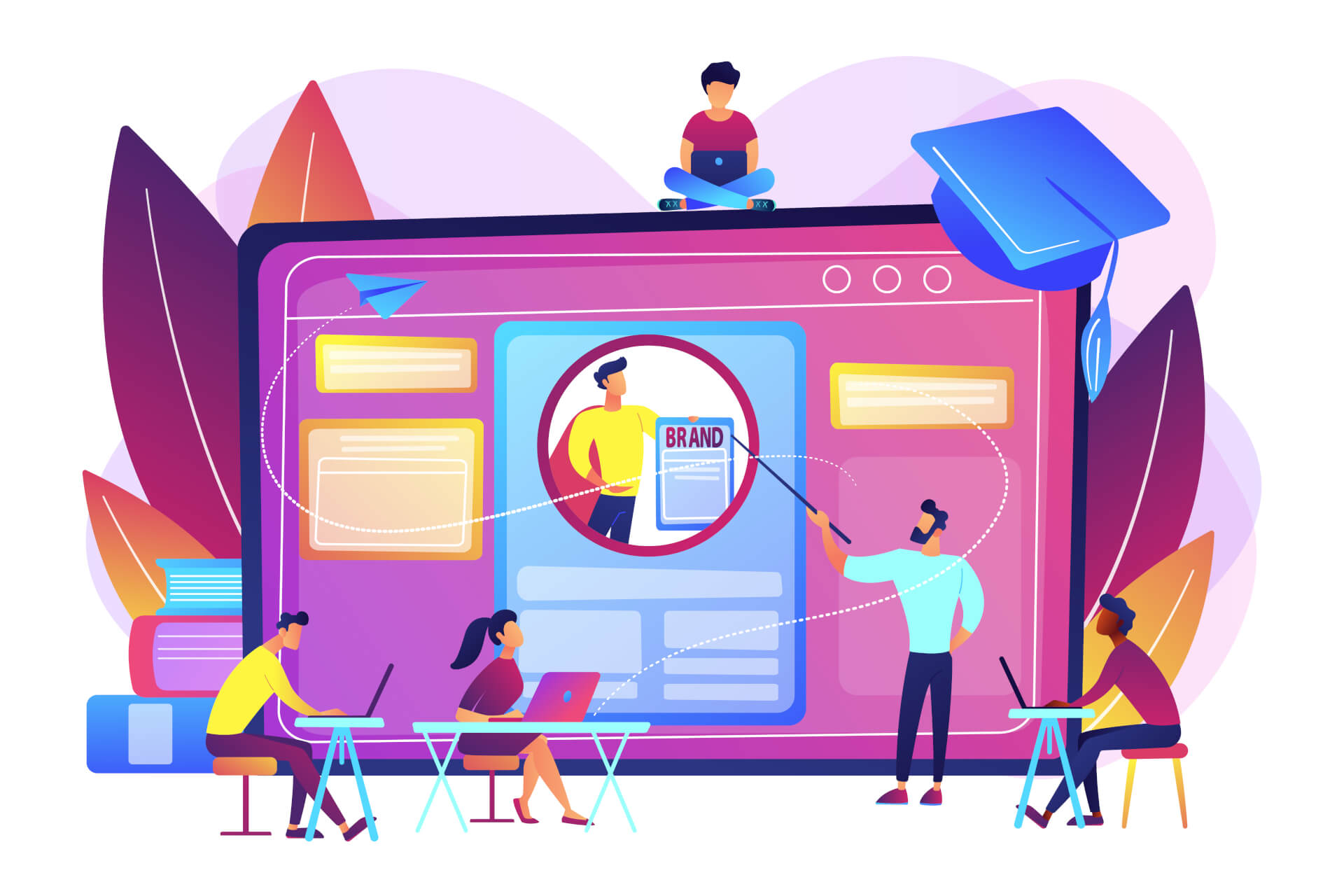
Customer interactions with the brand are made a simple and effortless process.
This is implemented by collecting all relevant information from customer complaints, support requests and feedback centrally for the respective customer and making this available across departments in your company.
For example, if you register a complaint with Amazon, it will be saved for your customer account. These records of your customer complaints are kept permanently by Amazon and can be easily accessed by any customer service representative.
Netflix makes it easy to contact us via a toll-free number, and the provider also has an extensive "knowledge database" in which users can usually find the desired solution themselves. The live chat provided is known to be very fast, helpful and easily accessible as it is clearly displayed on the website.
Tesla is known for delivering a hassle-free, personalized customer experience, and it has even begun giving customers the ability to self-escalate and report issues that aren't resolved to satisfaction.
Tesla's customer representatives also communicate with other internal departments to improve the customer experience.
Neither of these actions leads to more promoters as a direct consequence, but they do go a long way in reducing the outflow of critics, which improves your Net Promoter Score.
In this way you increase the satisfaction of your customers in the medium term and turn a passive customer into a convinced promoter and the promoter into a brand ambassador who carries his satisfaction and enthusiasm into the world.
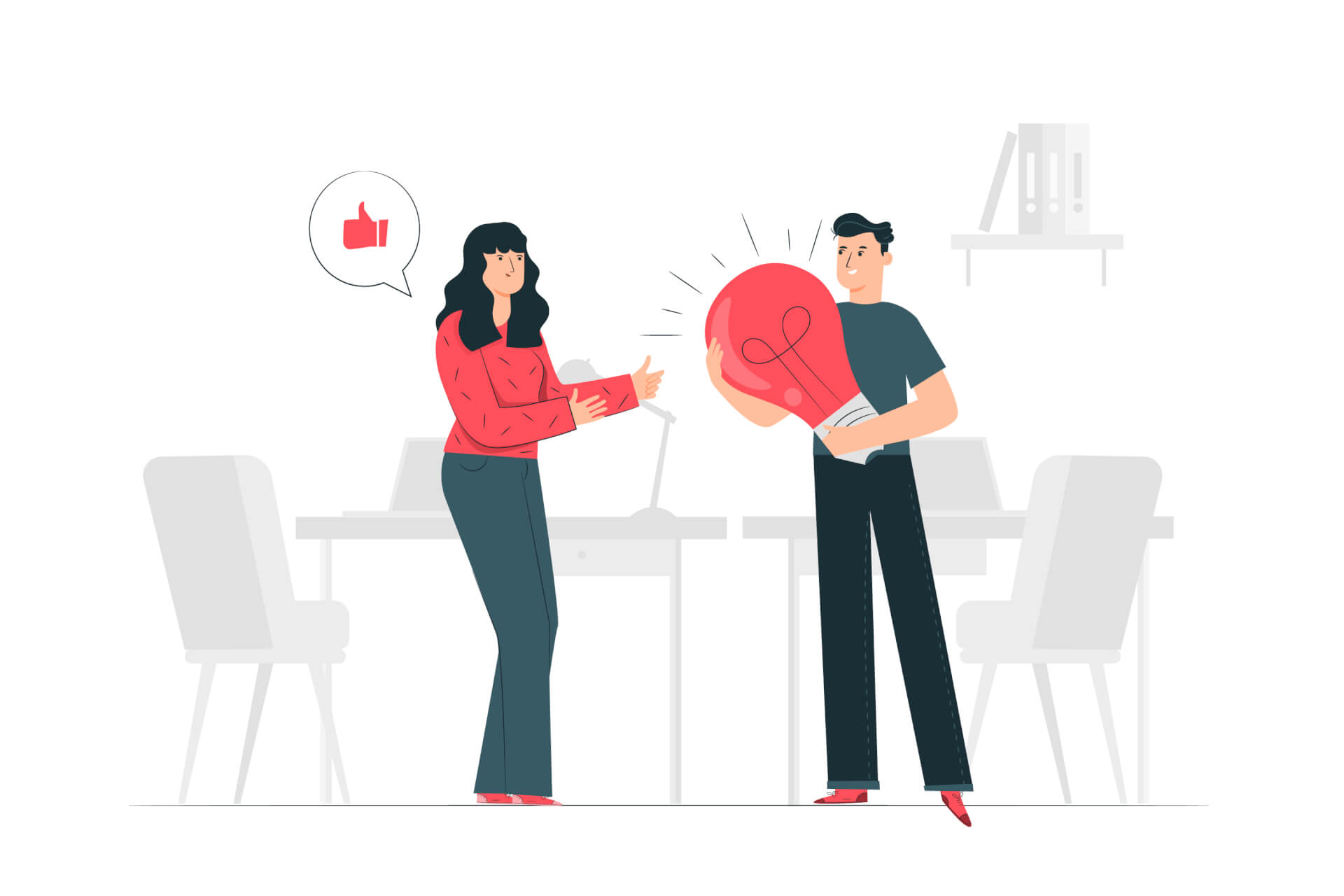 Reading Recommendation: Customer satisfaction plays a crucial role in the success of a company. Our blog article covers “The relationship between customer satisfaction and company success” in detail.
Reading Recommendation: Customer satisfaction plays a crucial role in the success of a company. Our blog article covers “The relationship between customer satisfaction and company success” in detail.
They offer single sign-on functions.
 Netflix and Amazon are good examples - they give you access to all of the services offered with just one central login.
Netflix and Amazon are good examples - they give you access to all of the services offered with just one central login.
For example, you can use your Amazon ID to place orders, access AWS services, or buy books on Kindle. Likewise, you can purchase a single Netflix subscription and use the credentials to stream content from any of your devices.
But wait ... how does a single sign-on implementation improve the NPS?
In simple terms, NPS is just a metric that evaluates your brand's referenceability. The more referenced your brand is, the better the NPS score.
By memorizing only one credential to access the entire ecosystem, the product experience becomes simple and easy to use.
The counter-argument to using multiple credentials was that it made the ecosystem more secure and less prone to malicious attacks.
Even if you don't take this argument into account, think about it for a moment. If you have multiple credentials for a single user, how can you keep track of customer behavior?
For example, if Amazon uses different credentials to access different services, how exactly would it analyze brand advertising? It is entirely possible for User X to love buying from Amazon but hate the Kindle experience. If he / she uses different credentials to access these two services, there is no way Amazon can accurately map the user's behavior.
By assigning a unique customer ID to each customer, you can precisely measure your NPS score and identify customer behavior (promoters / critics / passives). You can also personalize features, track customer complaints, and deliver a consistent customer experience.
3. Amazing customer service
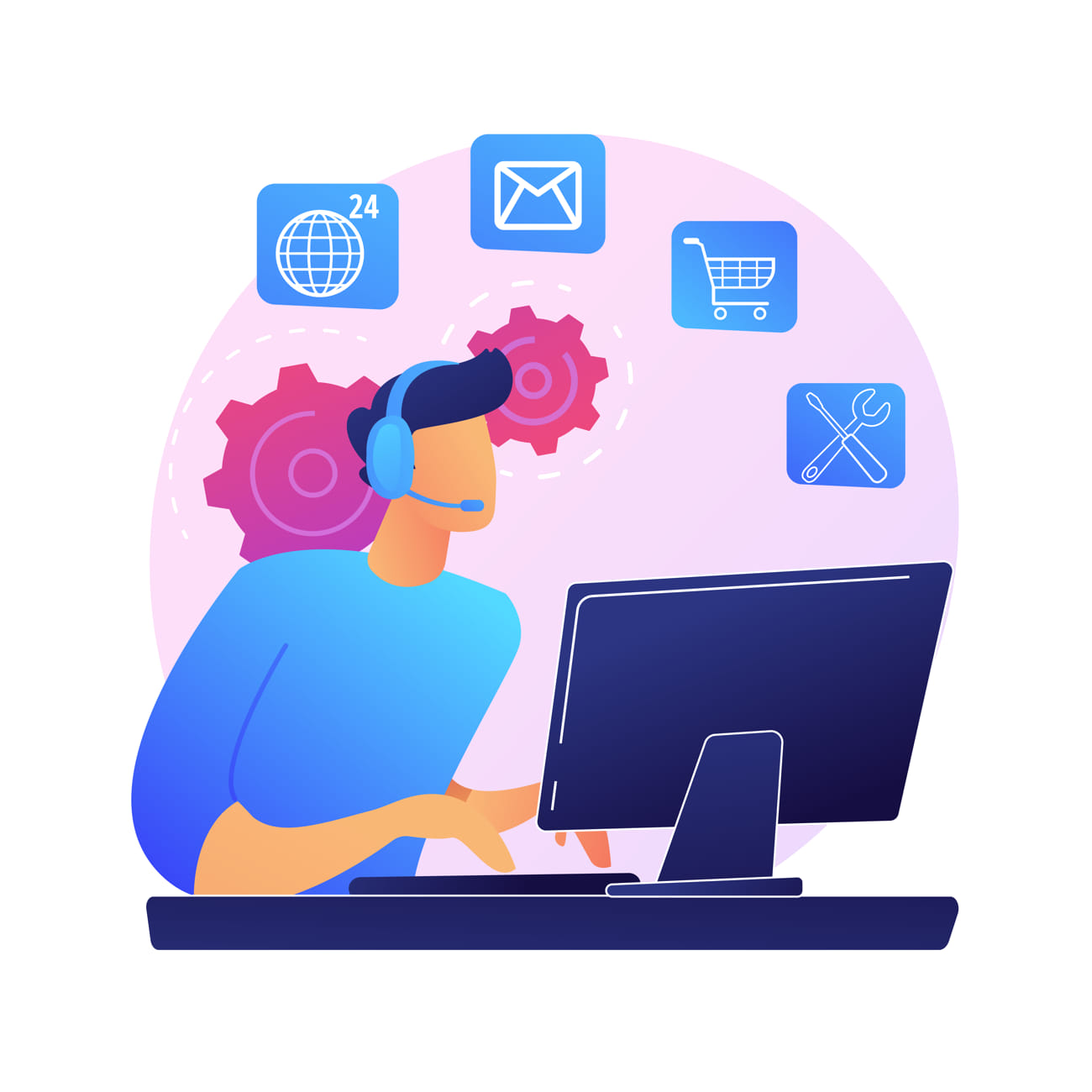 All of these companies with high NPS scores offer a personalized, convenient, and satisfaction-driven customer experience. One would argue that they are some of the best customer service companies in the world.
All of these companies with high NPS scores offer a personalized, convenient, and satisfaction-driven customer experience. One would argue that they are some of the best customer service companies in the world.
Amazon employs large customer service teams, makes it easier for consumers to return items, and also provides real customer satisfaction - whether by letting customers keep products they accidentally ordered and sending the correct ones free of charge, or by refunding small amounts when the price of a previously ordered item drops .
When Netflix subscribers run into a problem, they know they'll be talking to a real person on the other end - Netflix employees are also allowed to make their chats fun and engaging, which makes contacting customers memorable in a positive sense. Even the Netflix CEO took calls from time to time.
Starbucks, on the other hand, focuses on making people feel like they belong to a community - even asking customers for ideas and implementing some of them. Starbucks baristas are also encouraged to remember customers' names to make the entire experience feel more personal - a decent move since 75% of consumers are more likely to buy from a company that speaks to them by name.
Tesla staff is very focused on customer comfort. Some employees even visit customers if they live too far from a service center. Tesla's salespeople (also known as product specialists) are on the company's payroll and do not receive sales commissions. This means that they never have any incentive to push buyers to buy.
But the main thing that is common in the customer service departments of these brands is:
- Fast and responsive omni-channel support
All of these brands focus on responding to customer requests and complaints as quickly as possible. This is a smart move as only around 32% of consumers expect a response to a complaint or review they left online within 30 minutes.
Additionally, these companies recognize the importance of omni-channel support.
After all, over 35% of consumers expect to be able to contact a customer representative on each channel. Companies with omni-channel support show a year-on-year increase in customer retention rates of over 91%.
Having support reps answer phones and emails is a good place to start, but many customers will likely contact you through social media as well.
4. Unique, innovative products and offers
 Most companies with high NPS scores stand out from the competition by offering a unique value proposition to consumers.
Most companies with high NPS scores stand out from the competition by offering a unique value proposition to consumers.
When you become a unique option in your industry, you are no longer an “other” choice - you are the only choice many people will even consider.
Most of the brands discussed here have an innovative value proposition. No online shop comes close to the size of Amazon. There's no streaming service with a wider choice of content than Netflix (although Amazon's competing service comes close).
Tesla has established itself as a great source of innovation in the automotive market, and Airbnb is the number one choice for city breaks for many people around the world.
Starbucks isn't the first company to come up with the idea of selling coffee, but they have innovated the way coffee is sold. Back in 2008, Starbucks publicly announced that it was changing the way coffee is made to deliver the best possible experience. The company made its brand more attractive and unique by adopting and promoting the homely coffeehouse vibe that people saw on shows like Friends.
One way to get such results is to encourage your employees to think creatively. For example, Netflix encourages employees to come up with ideas to improve the company's services, create groups to discuss those ideas with other employees, and then seek input from other departments. Google is another great example (though not included in this article) because engineers can spend 20% of their work week on projects that interest them.
Plus, look for ideas everywhere. This includes listening to your customers and your team. When using Net Promoter Score surveys, when asking for feedback, ask customers how you can improve your product or service.
Netflix is a great example of what can go wrong if you don't take customer satisfaction surveys seriously. For example, when the idea came up to split access to DVD rental equipment and unlimited on-demand streaming into two different services that are billed separately.
This would lead to a price increase of 60% for customers. When asked how customers might respond, Hastings, the company's CEO, said there would be minor setbacks. This was an unsubstantiated claim as no customer satisfaction surveys were conducted prior to the decision.
After the price increase was introduced, Netflix lost around 800,000 subscribers and the share price fell around 77%. The company was clearly recovering, but that bug nearly cost Netflix its business.
We have already reported about the importance of the NPS for product managers, growth hackers and marketing managers, talked about its value in providing valuable customer feedback that gives you lots of ideas for product innovations. Listen carefully to the thoughts and choose the ones that best suit your needs and goals.
5. High customer loyalty and word of mouth
 If customer success is the process of directing your customers towards the outcome they want, brand loyalty is the bottom line.
If customer success is the process of directing your customers towards the outcome they want, brand loyalty is the bottom line.
Brand loyalty allows you to eliminate price sensitivity, beat the competition and reduce exorbitant marketing costs. Why spend money on advertising when you can turn your customers' social capital into your economic capital?
And that's not speculation. It seems that increasing customer loyalty by just 5% can increase your bottom line by as much as 25-90%.
NPS is nothing more than the measure of customer success, with brand loyalty as a unit of measure.
The reason these brands have high NPS scores is because they've managed to build immense brand loyalty:
- Tesla has an almost cult following;
- Netflix has the most loyal customers.
- Amazon's loyalty rates are so good that they stand out from the competition.
Companies with high NPS scores have many customers who love their brands so much that they are more than willing to recommend them to their friends and family.
As a result, companies like Amazon and Tesla have employees who do marketing for them at no additional cost. This will attract more potential customers who already see the brand in a positive light. After all, around 74% of consumers say word of mouth is a crucial factor influencing their purchasing decisions.
How do these companies achieve this? Well here are the main things they do:
 They see consistency as the most important key.
They see consistency as the most important key.
Once you've created a unique product experience that people want to talk about, the next step is to consistently carry out your efforts. After all, it takes months to get a customer, but seconds to lose one.
Amazon offers great customer experiences regardless of the size of your order and the frequency. It doesn't matter whether you order via the app or via the website - the shopping experience remains constant.
Netflix lets you stream your favorite movies or shows at the same speed regardless of your device, genre, time, or location. Tesla has consistently raised the bar in terms of product innovation and has always ensured that all customers benefit from redesigns, for example when they have changed the seats for all Tesla vehicles free of charge in order to improve the comfort of the owners.
When a company always delivers a great customer experience, it builds customer loyalty and the motivation to talk about those experiences.
They offer a personalized customer experience
Don't underestimate the power of a personalized consumer experience.
According to statistics, 78% of online consumers say that personally relevant content from brands increases their intention to buy, and personalization can cut acquisition costs by up to 50%.
According to Genesys Global Survey, 38% of customers believe personalization plays an important role in delivering happy customer experiences.

How do companies with high NPS values deal with this?
Well, Netflix is harnessing the power of AI and machine learning analytics to create personalized video recommendations.
The Tesla buying process is very personal for consumers, and Starbucks' loyalty program is focused on offering personalized rewards and offers. We also mentioned earlier that Starbucks employees are asked to address customers by name.
Overall, personalization makes the customer feel like you are delivering a one-to-one customer experience, which improves user interaction and customer satisfaction.
It is understandable that these satisfied customers are more likely to recommend your brand than unhappy customers.
They build the brand's reputation
Using the “choice paradox”, a phenomenon described by American psychologist Barry Schwartz, customers feel less worried when they have to make a decision based on a small number of options.
For example, consumers would rather order from Amazon than take the risk of trying out a new online shop. This is because Amazon has built a reputation for being the leading online marketplace. Tesla has built its reputation as the most reliable electric car provider, and Netflix is known as the most content-rich streaming platform.
Reputation is about building customer trust so that they are comfortable sharing information and doing transactions on your platform.
It's the number one ingredient for brand loyalty as customers are unlikely to recommend brands that have a bad reputation or are not trustworthy.
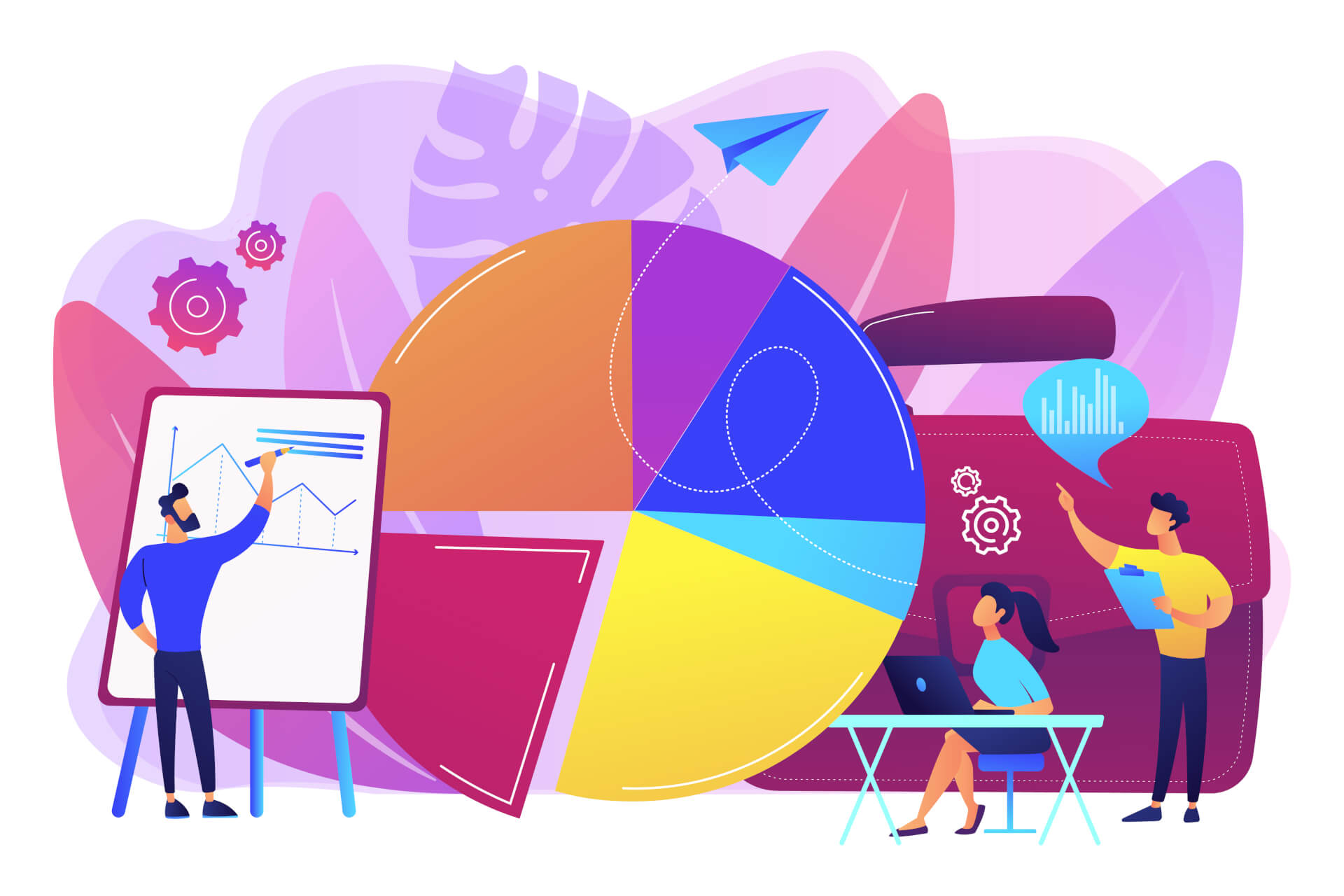 They focus on a high level of service quality and flexibility
They focus on a high level of service quality and flexibility
For example, you can order anything from Amazon and return it within 15 days if you don't like it. If that's not enough, Amazon will even reimburse customers for the price difference for items they recently purchased. Airbnb offers hosts a $ 1 million guarantee. If Netflix changes its tariffs, existing customers receive a price guarantee for a certain period of time so that they can continue to use the originally selected tariff and price in the medium term. And Starbucks even offers a 60-day guarantee on its products.
Basically, people buy from companies with high accountability and credibility as this reduces buyers' fear and makes them confident about future purchases.
Do you want to find out what your own NPS is?
Before making any policy, service / product changes, find out roughly how many critics, passives, and promoters you currently have in order to make an up-to-date take.
This also allows you to check where the existing customers see your strengths and find out which products, functions and services your customers are looking for, so that you can make adjustments that are really important to your customers.
It may seem difficult at first glance to find out the NPS score of your company, but with Callexa it is very easy and at the same time efficient and informative.
We make it very easy to send your customers targeted NPS surveys, evaluate the feedback received, and get back to your customers when the improvements have been made.
Get started today with our permanently free “Starter” tariff, including 50 surveys a month!
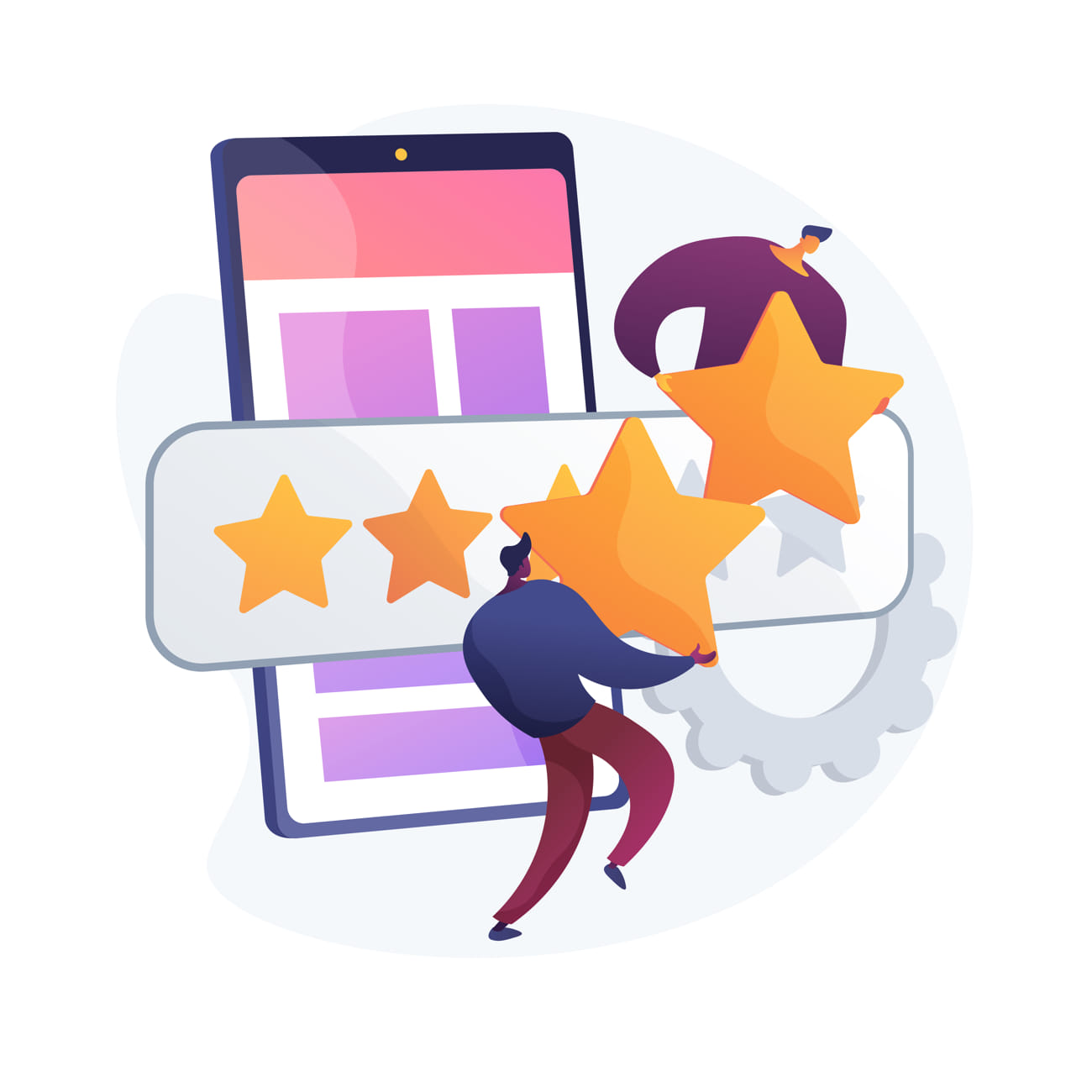
Recommended reading: If this article helped you and you would like to learn more about the role of NPS in shaping the customer experience, continue reading here: "The role of NPS in customer experience (CX)"